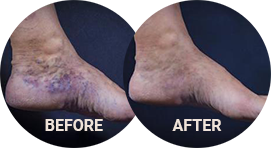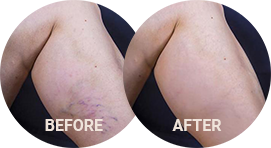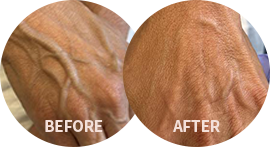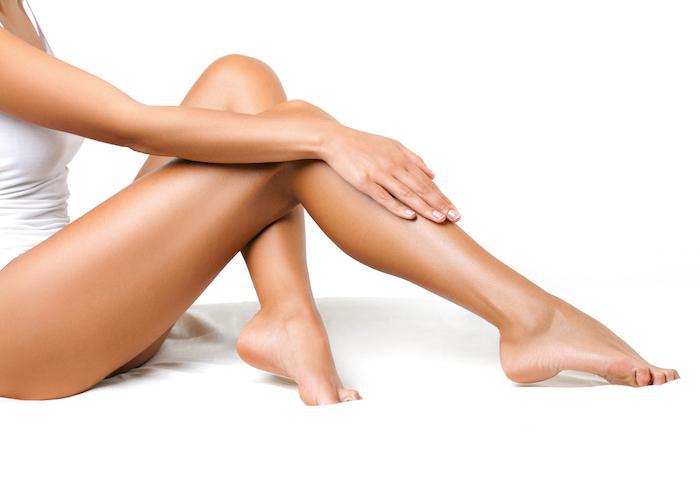Those tiny red blood vessels that seem just under the surface of your skin — usually on your feet, lower legs, and sometimes your face — get their name from the resemblance to fine wisps of spider webs. Spider veins are a mild form of varicose veins, and they may be blue, purple, or red.
In many cases, spider veins are simply a cosmetic concern, though in rare cases they can cause a variety of sensations, such as burning, aches, or even pain. There are treatments that can remove or reduce the appearance of your spider veins, depending on location and severity.
How Spider Veins Form
Veins are the vessels that deliver blood back to your heart. In your feet and legs, they work against gravity, featuring tiny valves that prevent the backward flow of blood.
As you get older, veins lose elasticity, like other tissues in your body. When the valves in your veins weaken, blood starts to pool due to backward flo
Pregnancy can also create changes to your circulatory system that causes spider and varicose veins to form. While spider veins are typically permanent without treatment, those that form during pregnancy often improve after you give birth.
Other risk factors for spider veins include genetics, gender (women are more prone than men), carrying excess body weight, and performing activities that require long periods of standing or sitting.
Laser Therapy for Spider Veins
A contemporary cosmetic treatment that often works well on spider veins uses laser light energy.
During laser therapy, the laser energy penetrates the outer layers of your skin, targeting your spider veins. The spider veins absorb the light, causing them to warm up. When they reach a temperature of about 10° above your normal body temperature, the tissue of the veins is recognized as damaged, and a controlled healing response begins.
The spider veins break down and leave your body through your circulatory system. Your body forms new blood vessels when needed to make sure all cells are supplied with blood, so the loss of spider veins has no negative effect on surrounding tissue.
The effectiveness of lasers for clearing spider veins often depends on your skin type and the severity of your condition. Some men and women require more treatments than others to achieve the same results. Laser therapy is also suitable for treating spider veins related to rosacea, a condition that causes redness on the face, most often the cheeks and nose.
Sclerotherapy for Spider Veins
A treatment for varicose and spider veins that dates to the 1930s, sclerotherapy uses a solution injected directly into the vein that you want to be removed. This solution causes the vein to collapse and clot. The vein becomes scar tissue and is removed from your body over time.
Both sclerotherapy and laser treatment of spider veins are short, in-office procedures that don’t require anesthesia, and have no recovery time. If there are side effects in either case, it’s usually only mild discomfort immediately following the procedure.
If you’re bothered by the appearance of spider veins on your body, contact David Naar MD today to request an appointment and find out how you can finally get rid of them.





